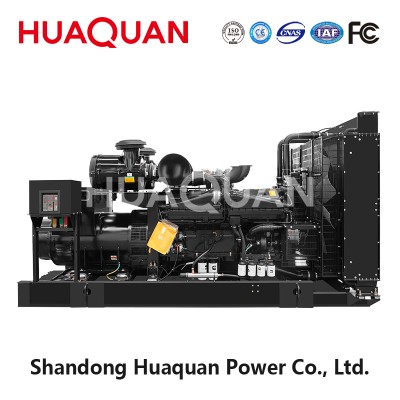
The structure of the oil outlet valve of a
diesel generator set includes the oil outlet valve body, oil outlet valve seat, oil outlet valve spring, and other parts.
The lower part of the fuel outlet valve body has a cross section, which can guide and pass diesel fuel. Its conical part is the axial sealing conical surface of the valve, and the tail is machined with a groove to form a cross section for fuel to pass through. The oil outlet valve seat and oil outlet valve are precision components made of high-quality alloy steel. Their guide holes, upper and lower end faces, and seat holes are precision machined and ground, and cannot be matched with each other after pairing.
The main functions of the fuel outlet valve include preventing oil dripping before injection, preventing oil dripping after injection, and preventing fuel backflow. Preventing oil dripping before fuel injection is achieved by waiting for the oil pressure to be higher than the preload force of the outlet valve spring and the residual pressure in the high-pressure oil pipe when the fuel injection pump is supplying oil. The outlet valve rises and its sealing cone surface leaves the valve seat. It is necessary to wait until the pressure reducing band on the outlet valve completely leaves the guide hole of the valve seat before the fuel in the pump chamber can enter the high-pressure oil pipe.
Preventing oil dripping after fuel injection is achieved by cutting off the passage between the high-pressure oil pipe and the pump chamber as soon as the lower edge of the pressure reducing belt of the oil outlet valve enters the conduit when the fuel supply is stopped. When the oil outlet valve is fully seated and drops a certain distance, the volume of the high-pressure oil pipe increases, causing the oil pressure to rapidly decrease and the oil to quickly and decisively cut off, preventing oil dripping after injection caused by oil pressure fluctuations and "pipe shrinkage and oil rise". Preventing fuel backflow is achieved by tightly fitting the conical surface of the valve upper part with the valve seat under the action of spring pressure, isolating the high-pressure fuel pipe from the upper cavity of the plunger, and maintaining a certain residual pressure inside the high-pressure fuel pipe.
For more information, please follow:
http://www.huaquan168.com/